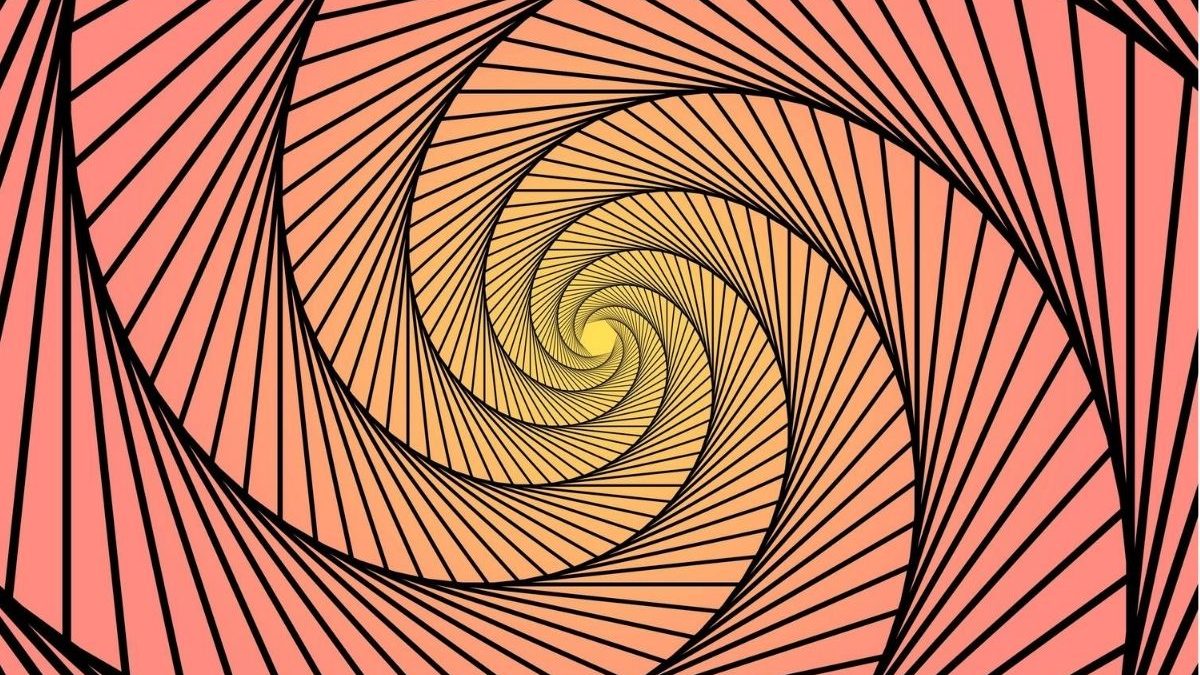- Mail:
- info@digital4pro.com
Graves’ Spiral Dynamics

The copper network: from the origin to the Ultra Wide Band
31 Agosto 2020
La Spiral Dynamics di Graves
1 Settembre 2020According to Clare Graves’¹ Theory of Levels of Human Existence, the psychology of the mature human being is a process of unfolding, emerging, oscillating, spiral marked by the progressive subordination of the old systems of behavior of lower order to more recent higher order systems as man’s existential problems change.
Graves created an epistemological theory that he hoped would reconcile various approaches to human nature and questions about psychological maturity. He collected relevant data from his psychology students and others (in total a diverse group of approximately 1,065 men and women aged 18 to 61) in the seven years from 1952 to 1959. He collected conceptions of the mature personality and conducted batteries of psychological tests using recognized tools.
Graves theorized that in response to the interaction of external conditions with internal neuronal systems, humans develop new bio-psycho-social coping systems to solve existential problems and cope with their worlds. These management systems depend on the evolution of human culture and individual development and manifest themselves at the individual, social and species level. He believed that tangible, emerging and self-assembled dynamic neuronal systems evolved in the human brain in response to the evolution of existential and social problems.
He theorized that “the nature of man is not a pre-established thing, that it is always emergent, that it is an open system, not a closed system.” This openness set his approach apart from many of his contemporaries who sought a final state. , a nirvana or perfectibility in human nature His inclusion of the theory of bio-, psychopaths, social and systems as vital co-elements has also described an inclusive view that continues to develop to this day.
Graves’ work notes that the emergence within humans of new biopsychosocial systems in response to the interaction of external conditions with neurology follows a hierarchy in several dimensions, albeit without guarantees on timelines or even direction. : both progression and regression are possibilities in his model. Furthermore, each level of the hierarchy alternates while the human is trying to make the environment adapt to the self, or the human is adapting the self to existential conditions. He called these systems “expressing self” and “denying self”, and the oscillation between them is the cyclical aspect of his theory. Graves saw this process of stable plateaus interspersed with intervals of change as endless, to the limits of the brain of Homo sapiens, something he saw much larger than we have yet imagined.
At its first level it is looking for automatic physiological satisfaction [AN Beige] ². At the second level he seeks a safe way to live [BO Purple], and this is followed, in turn, by a heroic status of quest, for power and glory [CP Red], a quest for final peace [DQ Blue ], a search for material pleasure [ER Orange], a search for loving relationships [FS Green], a search for self-respect [GT Yellow], and a search for peace in an incomprehensible world [Orange HUquos].
When the individual discovers that he will not find that peace, he will be out in search of his ninth level. As he sets out on each quest, he believes he will find the answer to his existence. Yet, to his surprise and dismay, he discovers at every stage that the solution to existence is not the solution he came to find. Each stage he reaches leaves him bewildered and perplexed. It is simply that as it solves a series of human problems it finds a new whole in their place. The research he uncovered is endless.
The key points of the theory
Human nature is neither static nor finite. Human nature changes with the changing conditions of existence, thus forging new systems. Still, the older systems stay with us.
When a new system or level is activated, we change our psychology and the rules of living to adapt to those new conditions.
We live in a potentially open value system with an infinite number of ways of life at our disposal. There is no definitive state towards which we all must aspire.
An individual, a company or an entire society can respond positively only to those managerial principles, motivational appeals, educational formulas, and legal or ethical codes appropriate to the current level of human existence.
A spiral vortex best describes this appearance of the human system as they evolve through levels of increasing complexity. Each upward turn of the spiral marks the awakening of a more elaborate version on top of what already exists. The human spiral, therefore, is made up of a series of systems of values, worldviews and mentalities, each the product of its own times and conditions. In other words, the new times produce new minds.

Tabella 1 – Graves’ Spiral Dynamics.
How can it help us
The theory represents at the same time:
- A system of valorization, world views, levels of psychological existence, belief structures, organizational principles, ways of thinking or ways of adaptation;
- Represents a basic intelligence that forms systems and directs human behavior;
- Impact on all life choices as a decision-making framework;
- It can manifest itself in both healthy and unhealthy form.
- It is a discrete structure for thinking, not just a set of ideas or values;
- It can help when living conditions change.
Graves’ theory represents systems within the person or group, not types of people or groups. In theory, the potential of all of these systems lies within everyone with a normal brain, and this is the vast majority of people.
However, all systems are not awakened because the theory is a process of interaction between the neurobiology of the person (or group) with existential problems and conditions in the external environment.
We must not ask ourselves how to deal with a certain type of person, but we must understand how to manage the form of thought and behavior as it is exposed by the person, regarding a particular thing, at a certain time and under certain conditions.
So you have to ask yourself: How do I manage the ER Orange in this person?
Therefore:
- Human nature includes the ability for the new vMEME to awaken without eliminating the old ones;
- The changing conditions of life can activate the vMEME which can emerge, arise, regress or dissolve in response;
- The overall Spiral is forged by a pendulum-like alternation between: the self-expressive and internally controlled “me” (survival, power, realization, flexibility) and the “we” who sacrifice and anchor on the outside (intentional, consensual, global);
- Each vMEME is available in stages. He can enter dominating the scene like a strong peak, and then leave the scene;
- The emergence of thought along the spiral moves from less complexity towards greater complexity;
- Several vMEMEs coexist as blends. For example: a generally consensual GREEN oriented character can activate his power by seeking RED aspect in sport and invoke an ORANGE realization orientation in business meetings.
¹ Clare W. Graves (21 December 1914 – 3 January 1986) was a professor of psychology and creator of the theory of adult human development, after his death known as Spiral Dynamics following its publication in 1986 by his students Don Beck and Chris Cowan, from the book “Spiral Dynamics”. https://en.wikipedia.org/wiki/Clare_W._Graves
² Clare Graves didn’t use colors. Instead, Graves generally relied on his original letter pairs, as well as numbers and names at times. The color scheme was applied to Dr. Graves levels of existence in the 1970s by Chris Cowan for making title slides for use in teaching theory. Color coding was created as a design element for training materials and became a common language when included as part of the publication of Beck and Cowan’s book Spiral Dynamics in 1996.
Bibliography:
- Spiral Dynamics: Mastering Values, Leadership and Change, Clare Graves
- Levels of Existence: An Open System Theory of Values, Journal of Humanistic Psychology, Clare Graves
- Human Nature Prepares for a Momentous Leap, The Futurist, Clare Graves
- The Never Ending Quest, Christopher Cowan and Natasha Todorovic
- An Emergent Theory of Ethical Behavior Based upon an Epigenetic Model, Clare Graves
- Deterioration of Work Standards, HBR, Clare Graves




